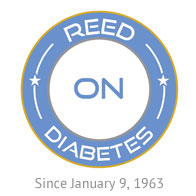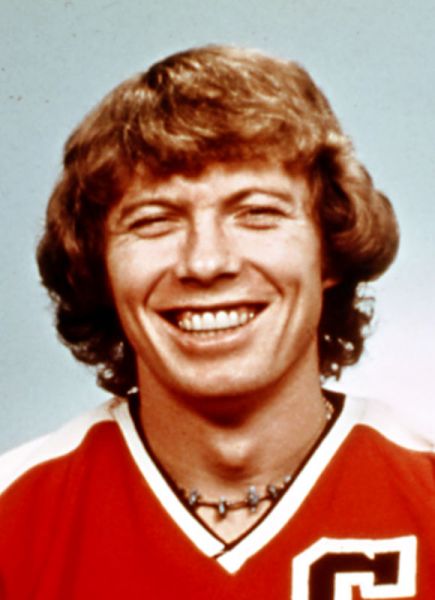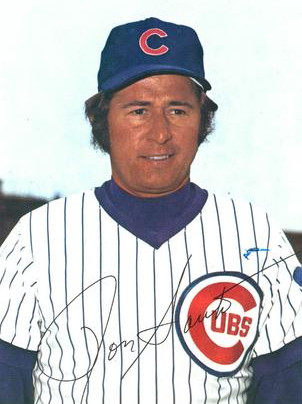My childhood was all about being outside and active. Kicking a ball onto the front face of our home’s roof and running to the backyard to catch the ball before it hit the ground. Did that over and over. Day after day.
Elementary school graduated to recess with touch football games, dodge ball, soccer … and a time I was on second base during a kickball game. The next thing I remember was waking up in the nurse’s office with my Dad in the room. He asked if I was ok. I said yes but wasn’t sure why I was in the nurse’s office. She explained that I had collapsed on second base. I had been out long enough for my Dad to be called and drive from work into the office. Consciousness came after orange juice was somehow delivered.
Despite numerous hypoglycemic episodes, I continued to be active and play competitive baseball, football and basketball in the years before high school. My peer group looked to athletes at the college and professional levels. That was considered making it. Unlike them, I searched for athletes playing with diabetes. I found several:
Coley O’Brien played quarterback and halfback for Notre Dame from 1966-68 and played an important role in winning the 1966 National Championship. He was diagnosed with diabetes three weeks before a famous 10-10 tie between #1 Notre Dame and #2 Michigan State. He played quarterback in that game and the week later when Notre Dame beat USC 51-10. The articles I read about him in the American Diabetes Association Forecast monthly magazine made quite an impression on me. After all, I was a seven year old boy wondering if I could play sports with diabetes.
Hockey wasn’t popular in Kansas City growing up, but I read about an NHL player named Bobby Clark who played for the Philadelphia Flyers. He was diagnosed with diabetes when he was twelve and faced scrutiny about his ability to play with diabetes. As a result, he dropped in the draft and was picked 17th overall by the Flyers in 1969. The results were clear as Clark played for the Flyers for 15 years and won two Stanley Cups in 1974 and 1975.
My best sport growing up was baseball and I watched Ron Santo, the third baseman for the Chicago Cubs from 1960-1973. He was a perennial All Star and later voted into the Hall of Fame. He was also diagnosed with diabetes when he was 18. Treatment for diabetes in the 1960s and 70s included restricting physical activity. I didn’t like that much. When my Doctor wanted to excuse me from Physical Education class in Junior High school, I refused. If Ron Santo could play 3rd base for the Chicago Cubs, then I could do the same for my little league team.
I am grateful for these role models at a time when I was forming my opinions on what was possible with diabetes. Coley O’Brien, Bobby Clark and Ron Santo showed it was possible to be active and play competitive sports with diabetes. Even more, they showed that people living with diabetes could compete and win at the highest levels.




